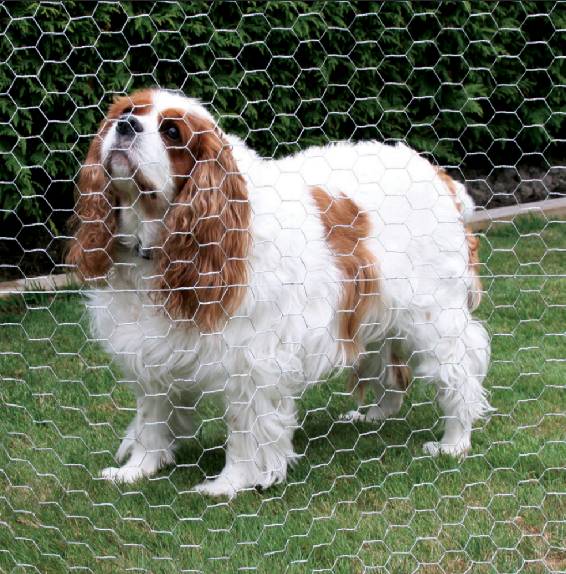Innovative Designs for Durable Chain Link Fencing Solutions for Your Property
Constructing a Chain Link Fence A Practical Guide
Chain link fences are a popular choice for both residential and commercial properties due to their durability, cost-effectiveness, and ease of installation. Whether you are looking to secure your backyard, create a boundary for your garden, or enclose a construction site, understanding the construction of a chain link fence can be invaluable. This article will guide you through the essential steps and considerations for constructing a chain link fence.
Materials Needed
Before you begin, gather all necessary materials. Typically, you will need
1. Chain Link Fabric This is the mesh material that makes up the body of the fence. It comes in various heights and gauge thicknesses. 2. Fence Posts These vertical supports are crucial for stability. Line posts are placed between terminal posts, while end and corner posts provide the framework's end and directional changes. 3. Rails Top rails run horizontally along the top of the chain link fabric, providing extra support. 4. Tension Wire This is used at the bottom of the fence to help maintain tension in the fabric. 5. Post Caps These cover the tops of the posts to prevent water from entering and causing damage. 6. Concrete Used to secure the posts in the ground. 7. Gates and Hardware If you need a gate, consider the type and size that fits your needs.
Planning the Installation
Start by determining the layout of your chain link fence. Measure the area where you want to install the fence and mark the corners with stakes. It’s important to check your local zoning laws and property lines to ensure compliance. Keep in mind any slopes or difficult terrain, as this may affect your fence design.
Preparing the Site
Once you have a plan in place, clear the site of any debris, vegetation, or obstacles. It’s advisable to dig post holes at least one-third of the post height to ensure stability. The standard depth is typically around 2 to 3 feet, depending on your local frost line.
Installing the Fence Posts
chain link construction fence

Begin by setting the terminal posts in place. Pour concrete into the holes to secure them, ensuring that they are plumb (vertically straight) and aligned properly. Allow the concrete to cure according to the manufacturer's instructions.
After installing terminal posts, place the line posts at even intervals (usually around 6 to 10 feet apart) and secure them in the same manner. Use a string line to maintain alignment and height for uniformity.
Attaching the Chain Link Fabric
Once the posts are in place, it’s time to attach the chain link fabric. Start at one terminal post and roll out the chain link mesh, ensuring that it is taut. Use tension bands to attach the fabric to the terminal posts. Next, attach the fabric to the line posts using chain link ties, spaced every 12 inches. It’s essential to maintain tension throughout the installation to prevent sagging.
Adding Tension Wire and Top Rails
After the fabric is secured, you can install the tension wire along the bottom of the fence. Attach it to the line posts and weave it through the chain link fabric to provide additional stability. Finally, attach the top rail to the terminal posts and line posts using rail mounts.
Finishing Touches
Install any gates as required, ensuring they swing freely and are secured with appropriate hardware. Add post caps to the top of each post for a finished look, and check for any sharp edges to ensure safety.
Conclusion
Constructing a chain link fence can be a straightforward project if you plan carefully and follow the necessary steps. With the right materials and a little ambition, you can create an effective barrier that enhances the security and appearance of your property. By prioritizing proper installation techniques, your chain link fence will serve you well for many years to come.
-
Space-Saving Chain Fence Hacks Vertical Gardening with Cyclone MeshNewsJul.16,2025
-
Innovations in Iron Nail Wire Production for Modern ConstructionNewsJul.16,2025
-
Creative Uses of Wire Netting Fence in Modern Landscape DesignNewsJul.16,2025
-
Barbed Wire Fence Innovations in Anti-Climb TechnologyNewsJul.16,2025
-
Architectural Uses of Umbrella Nails for Aesthetic Roof DesignsNewsJul.16,2025
-
Architectural Uses of Razor Barbed Wire in Secure Urban DesignNewsJul.16,2025




